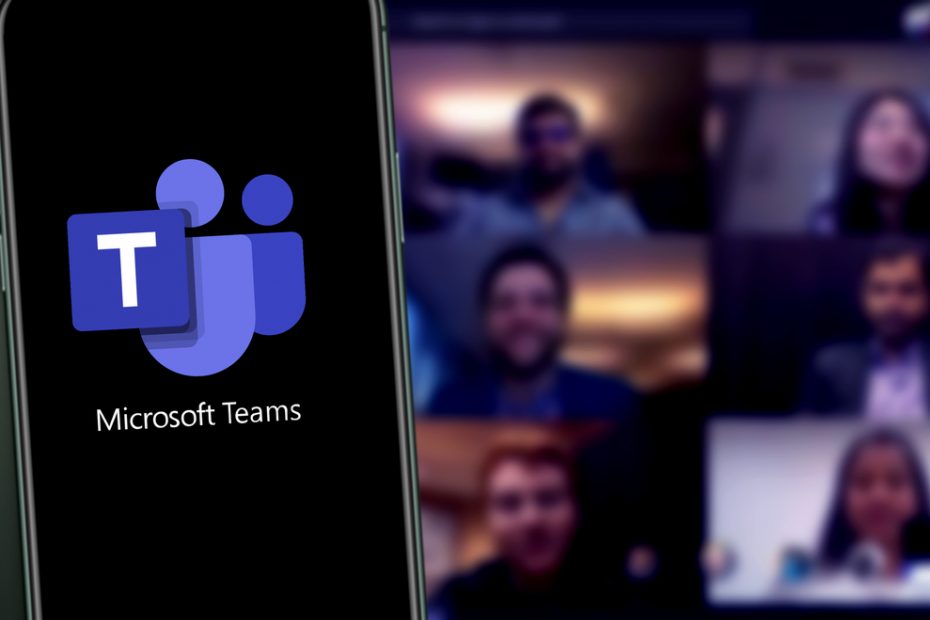The business blog
Microsoft Teams live event vs meeting or webinar: which one is right for you?

Microsoft is making it easier than ever before for enterprises to leverage video as a communication tool. But the question often remains: how do you select from Teams live event vs meeting or webinar to run your event? Today, Microsoft Teams delivers chat-based collaboration, calling, meetings, and live events, ensuring that enterprises can easily scale up audience sizes as needed.
Hive Streaming partners with Microsoft to help enterprises develop their existing network investments to distribute high-quality video with the Hive software-based enterprise Content Delivery Network (eCDN) solution (part of Hive Video Optimization), as well as extended analytics for live video events and on-demand video (part of Hive Video Analytics).
Microsoft teams live event vs meeting: which one to choose?
Meetings in Microsoft Teams
Teams meetings are the perfect choice for real-time collaboration and internal conversations. Attendees can create a whiteboard, share content, and play videos. Meeting invitations can be sent to attendees directly via Teams or Outlook.
When to use Microsoft Teams meetings
- Real-time communication and collaboration is a priority
- Network bandwidth not expected to be of concern due to low traffic volume
What is Microsoft Teams view-only meeting experience (overflow)?
Teams view-only meeting experience has now rolled out to Teams tenants. This means that when a full-fidelity, real-time Microsoft Teams meeting exceeds a defined limit of attendees, anyone who joins thereafter will become a view-only participant.
Additional participants will be automatically directed to a streamed event, and have a similar experience to Teams live event attendees.
The downsides of running your Teams meeting as view-only (with overflow)
When the amount of attendees exceeds a limited number in a Microsoft Teams meeting, all excess participants will join on a view-only basis, meaning they will not be able to:
- See or participate in the meeting chat
- Show up in Teams meeting attendance reports
- Send or observe reactions, including hand-raising
- Join the meeting if the attendee doesn’t have permission to bypass the lobby (based on set lobby policies or options)
- Join the view-only room using audio conferencing
Hive Streaming video experts’ recommendation: use Teams live event for large broadcasts
As the initial Teams view-only meetings will not include any eCDN support, we recommend continuing to run large-audience broadcasts as Teams live events.
The first 1,000 participants of a Teams meeting do not appear in attendance reports, which means you may risk losing not only network optimization, but also valuable insights and analytics data. We, therefore, recommend running Teams live events in order to avoid this.
In contrast to Teams live event, not all participants of a Teams meeting appear in attendance reports, which means you may risk losing not only network optimization, but also valuable insights and analytics data. We therefore recommend running Teams live events in order to avoid this.
Our recommendation is rooted in a nuanced understanding of the types of challenges we help our customers solve on a daily basis and in implementing best practices from other market leaders within video communication.
In the meantime, Hive’s product and engineering teams are working closely with Microsoft to provide an eCDN integration to cover even more customer use cases. Our goal is to ensure that the overflow experience provides value to producers and attendees, while still protecting the network and providing actionable analytics insights. All additional information and best practices on using Teams live event vs meeting will be shared as they become available.
Live events in Microsoft Teams, Stream and Yammer
Teams live events are an extension of Teams meetings, enabling users to broadcast to a larger online audience. They are typically used for large-scale internal events, such as C-level town halls and department-level broadcasts. Teams live events encourage connection with attendees throughout the entire engagement lifecycle: before, during, and after the event.
When to use Microsoft Teams live events
- Large-scale internal events, like C-level town halls
- Presentation-style, one-to-many meetings with curated content
- High volume of attendees
- Bandwidth capacity may be a concern (eCDN necessary to offload network)
- Advanced analytics data beyond built-in Teams reporting is needed
Live events may be streamed through not only Microsoft Teams, but also Stream and Yammer.
Microsoft Teams webinars and digital events
Microsoft Teams provides new and enhanced ways for customers to communicate with external audiences, including for product promotion and market awareness, via webinars and digital events, as part of the Dynamics 365 Marketing suite.
When to use Microsoft Teams webinars
- Events with primarily external attendees (for customers, partners, etc.)
- If you need the ability to manage (disable or enable) attendee microphones/cameras
- Access is needed to registration functionality and attendee information
Hive Streaming for Microsoft 365
With Hive for Microsoft 365, enterprises can reach thousands of viewers without impacting other business-critical traffic on the network. It also includes the tools to simulate live events before running them, and better understand the impact of streaming video across the network.
Hive is available via Microsoft Azure Marketplace, meaning that Microsoft Azure customers worldwide can gain access to Hive Streaming’s analytics, insights, and video optimization to take advantage of the scalability, reliability, and agility of Azure to drive application development and shape business strategies.